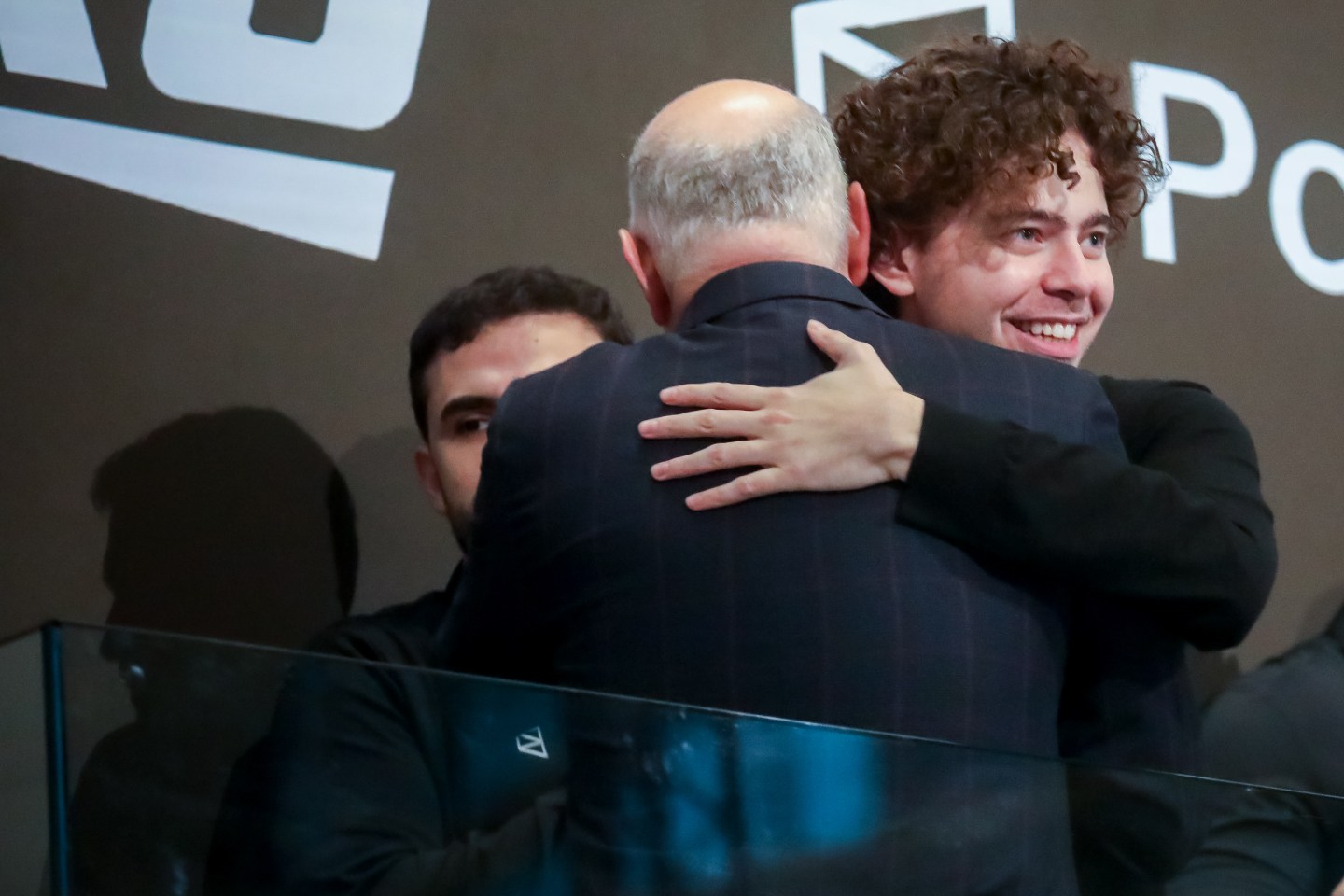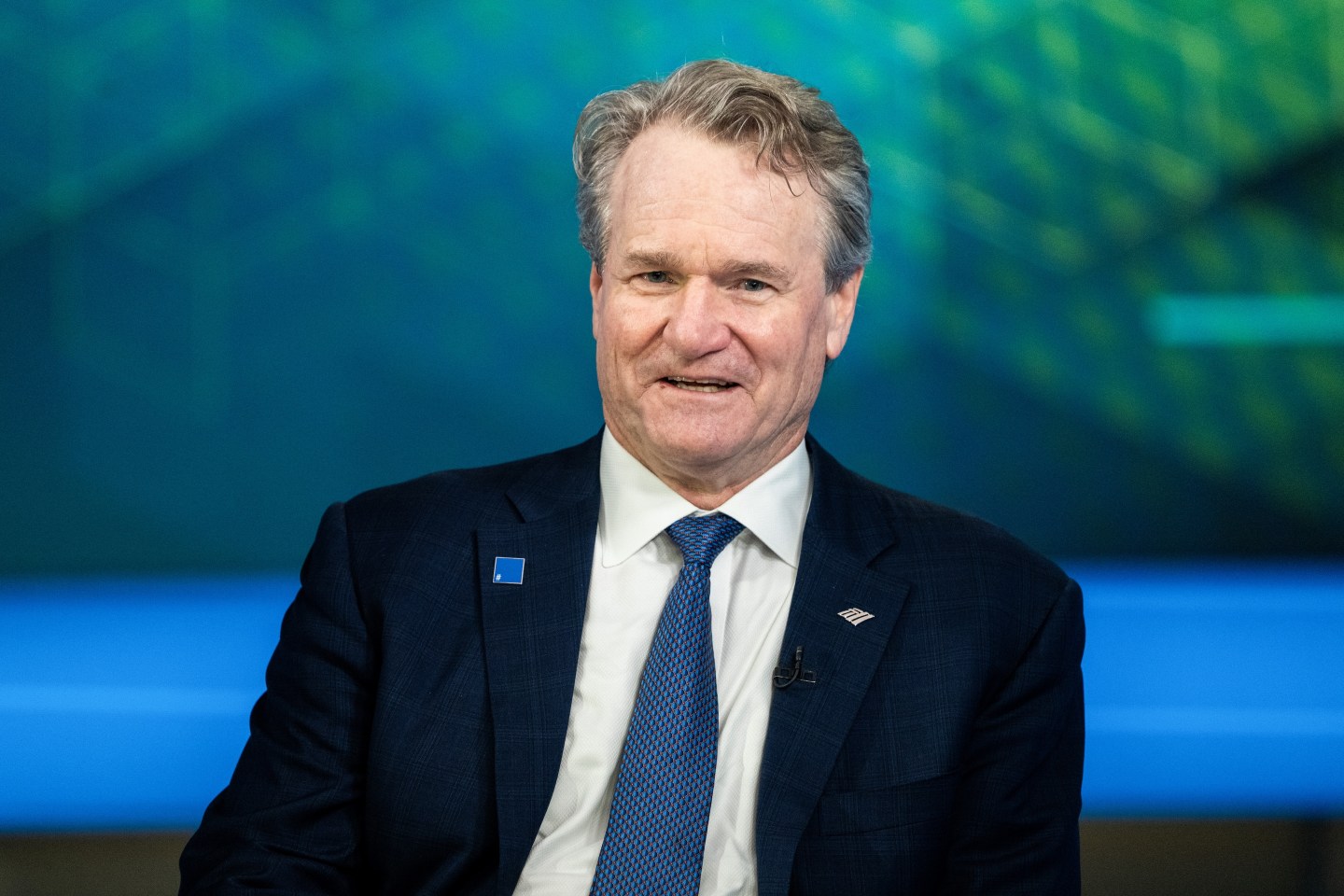Good morning from San Francisco.
I’m here at Workday Rising, the annual user conference of the enterprise cloud company that offers finance and HR solutions (Workday is a CFO Daily Sponsor). Yesterday, I had the opportunity to lead a discussion with Erik Brynjolfsson, director of the Stanford Digital Economy Lab and professor at the Stanford Institute for Human-Centered AI; and Ankur Agrawal, a partner at McKinsey’s corporate strategy and finance practice. Brynjolfsson and Agrawal shared insight on creating value with generative AI and the changing role of the CFO.
More access to data
Generative AI and large language models will give companies a way to use certain data sets they couldn’t before, according to Brynjolfsson, who is also the co-founder and co-chairman of Workhelix, a startup that consults with companies on generative AI use cases. CFOs have always been at the forefront of working with data, he said. “And I suspect that they can help lead that revolution as we use these new kinds of data to make better decisions,” Brynjolfsson said.
An exciting time to be a CFO
“I think the chief financial officer is now no longer a financial officer alone,” Agrawal said. “They’re asked to do a lot more. And that’s part of the reason why the digital and technology evolution is so powerful because it allows them to enable the organization to do many things. CFOs are driving and shaping the agenda for companies. I would argue this is a very exciting time to be a CFO.” He predicts that more CEOs will come from the ranks of CFOs. Along with driving the strategy, data analysis is a strong skill for finance chiefs, Agrawal said. Boards that are looking for CFOs of the future are asking for those skills along with an aptitude for technology, like generative AI, he said.
Automation is freeing up time for functions like financial planning and analysis to really focus on creating value, Agrawal said. “Clients of mine who were not thinking about automation, are now thinking about it because automation is a prerequisite for enabling a lot more generative AI,” he said.
How to know whether generative AI will save money at your company
“We recommend that you don’t just go by gut instinct, you can quantify this,” Brynjolfsson said. You can look at the occupations in your organization and break them each down to a set of tasks, he explained. You can give a score on whether there’s a generative AI tool that can help with that particular task. For example, “helping with your email, yes, and loading boxes on the truck, no,” he said. And as you go through each of the different tasks, you basically come up with a score card and then assess what the organization needs, he said. “I wouldn’t say it’s the final answer,” Brynjolfsson said. “It’s the beginning of a road map to tell you where there are really juicy opportunities, and where’s the low-hanging fruit for our company compared to our competitors? Where’s most of the value going to be created?”
Getting employees on board with generative AI
“One of the methods that I found works very well is a hackathon,” Brynjolfsson said. “You tell everybody, ‘We’re going to take a day off from everything else you’re doing, and we’re going to show you some basic training, not just on ChatGPT, but a set of other tools that can help you. And we want you to use it for the particular things you’re doing in your daily job.’” This unleashes employee creativity, and helps get the buy-in, he said. And in the process, there’s a possibility an employee may even figure out how to use ChatGPT for an ad campaign or product design, for example, “in ways OpenAI hadn’t even imagined,” Brynjolfsson said. “Make sure they understand that the goal is not to replace the workforce with generative AI; it’s to augment it,” he said.
Sheryl Estrada
sheryl.estrada@fortune.com
Leaderboard
Prashanth Mahendra-Rajah was named CFO of Uber Technologies, Inc. (NYSE: UBER), effective Nov. 13. Mahendra-Rajah is currently CFO of Analog Devices (ADI). Before joining ADI, he was CFO of WABCO Holdings Inc., a global supplier of commercial vehicle technologies. Mahendra-Rajah previously served as Division CFO and in other financial leadership roles at Applied Materials, Visa, and United Technologies.
Tony Querciagrossa was named CFO at Pinstripes, Inc., a dining and entertainment brand. Querciagrossa most recently was president of Columbus Industries, Inc. He was previously president of Purafil Inc. and before that group CFO of Filtration Group’s Indoor Air Quality businesses. He also served as VP of finance at Medline Industries, Inc. Querciagrossa began his career in finance with General Electric.
Big deal
Bank of America's annual workplace benefits report, The Transforming Workplace, finds that 67% of employees believe the cost of living is outpacing growth in their salary or wages, compared to 58% in February 2022.
One of the key findings is employees continue to look for support from their employers. Most employees (76%) and employers (96%) agree that employers are responsible for employee financial wellness. However, just two in five employers currently offer financial wellness programs. The report also discusses emerging trends.
The findings are based on nationwide surveys of more than 1,300 employees and nearly 800 employers.

Going deeper
Fortune has released the annual Change the World list. It showcases 59 companies selected by our reporters and editors from a short list of nearly 250. It's rooted in the belief that companies can mobilize the creative tools of capitalism to help solve social problems.
Overheard
“A government shutdown this year has looked likely for several months, and we now think the odds have risen to 90%. While there is still a chance that Congress can reach a last-minute deal to extend funding past Sep. 30, there has been little progress made and there is little time left.”
—Jan Hatzius, Goldman Sachs’ chief economist and head of global investment research, wrote in a Wednesday note, Fortune reported. The Wall Street veteran expects a two-to-three-week-long government shutdown, beginning Oct. 1.
This is the web version of CFO Daily, a newsletter on the trends and individuals shaping corporate finance. Sign up to get CFO Daily delivered free to your inbox.













